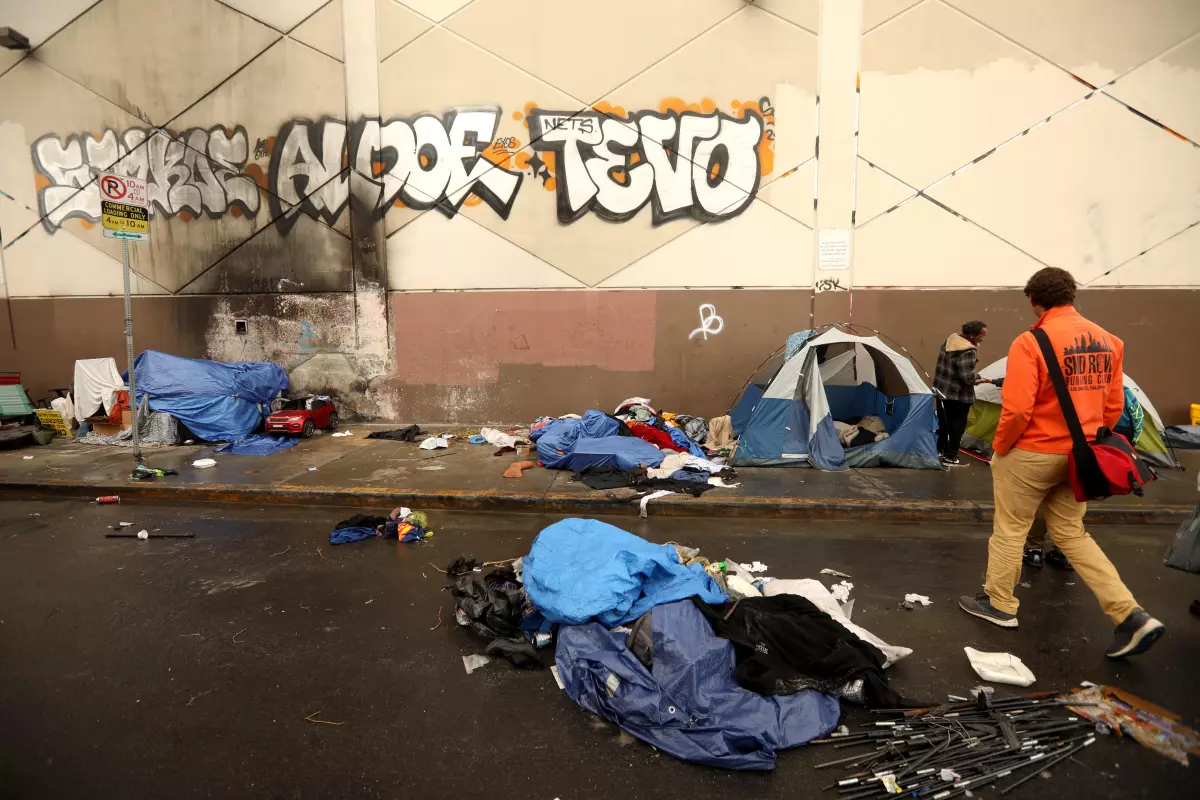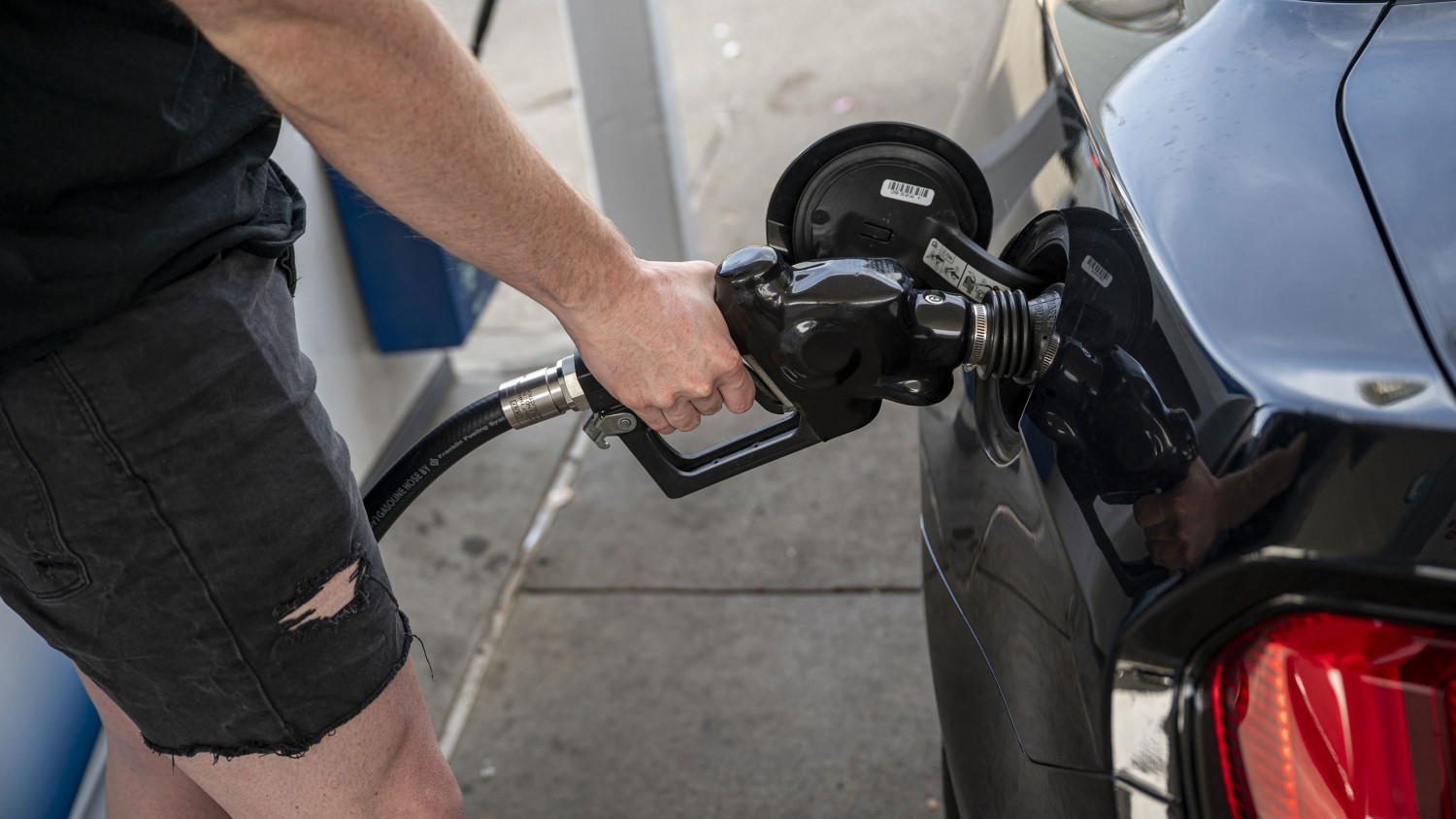California just hiked minimum wage for fast food workers. Some restaurants are replacing them with kiosks
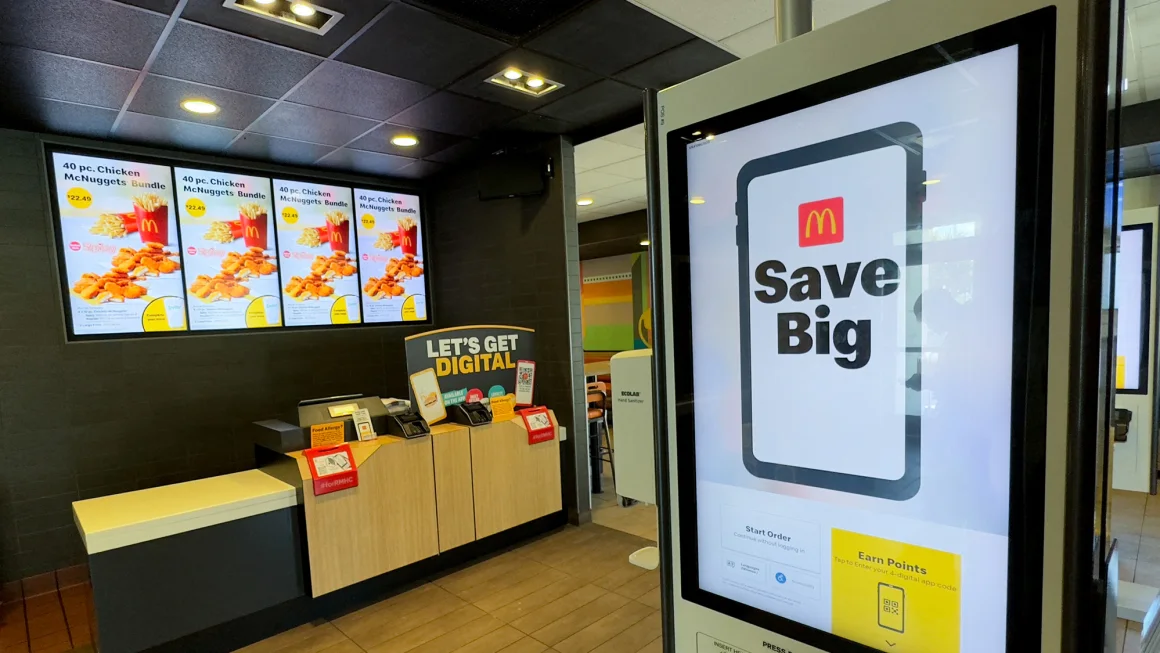
That’s likely to happen in some instances where business who haven’t yet done so will look to technology to help offset higher labor costs, industry experts said.
But the reality is that automation in the services industry is already on a roll, and the restaurant industry has been embracing it for a while now, even in states where theminimum wage hasn’t increased.
“There are two things in play. One, already in motion for a while is robotics and automation at the store level,” said Rob Dongoski, global lead for food and agribusiness at Kearney, a strategy and management consulting firm. Examples in what is known in the industry as the “quick service restaurant” space include auto-refill technology and automated frying machines.
And, although many casual observers disagree, higher wages for fast food workers could actually help fast food owners, Dongoski said.
The employment level in fast food restaurants still hasn’t reached pre-pandemic levels. “So, wage increases are a way to attract workers into that environment,” Dongoski said. “Businesses will already have to automate and use robotics to offset lack of labor to begin with, and and then, the wage increase to attract the labor that they do need.”
The new wage took effect in California on April 1, and applies to restaurant chains with more than 60 nationwide locations.
The law also creates a fast food council, a first of its kind in the US, with representatives from both the restaurant industry and workers, who can increase the wage annually for the rest of the decade, in pace with inflation or up to 3.5%, whichever is higher. This council can also recommend standards for fast food worker safety, as well as work with existing state agencies to investigate issues like wage theft.
Automation is catching on
Self-service kiosks are fairly commonplace in large fast food chains. The trend predates the pandemic, and its popularity picked up steam through it.
Panera Bread launched its Panera 2.0 strategy back in 2014, which overhauled the customer experience by putting self-service kiosks in all locations.
Fast food king McDonald’s brought in self-service kiosks in 2017, acknowledging at the time that the business of food was changing as consumers were showing a greater preference for convenience and personalized eating.
Burger chain Shake Shack signaled last year that all of its locations would have self-serve ordering kiosks by the end of 2023. Company executives noted in an earnings call with analysts last May that people order a much larger — and much more profitable — amount of food when they don’t have to place that order with a human being.
“When a guest goes to our kiosk and they see the visual merchandising of our menu, we see that they have higher [value] order than a traditional cashier order,” Shake Shack’s chief financial officer Katie Fogerty told analysts during the call.
“We see that they add on more premium and higher margin items. And so that together really makes that our highest margin channel,” she said. “We still have a portion of guests that come in and they want to have that face-to-face human transaction communication connection with the cashier. But we have a ton of guests who come in and they want to just go right to the kiosk.”
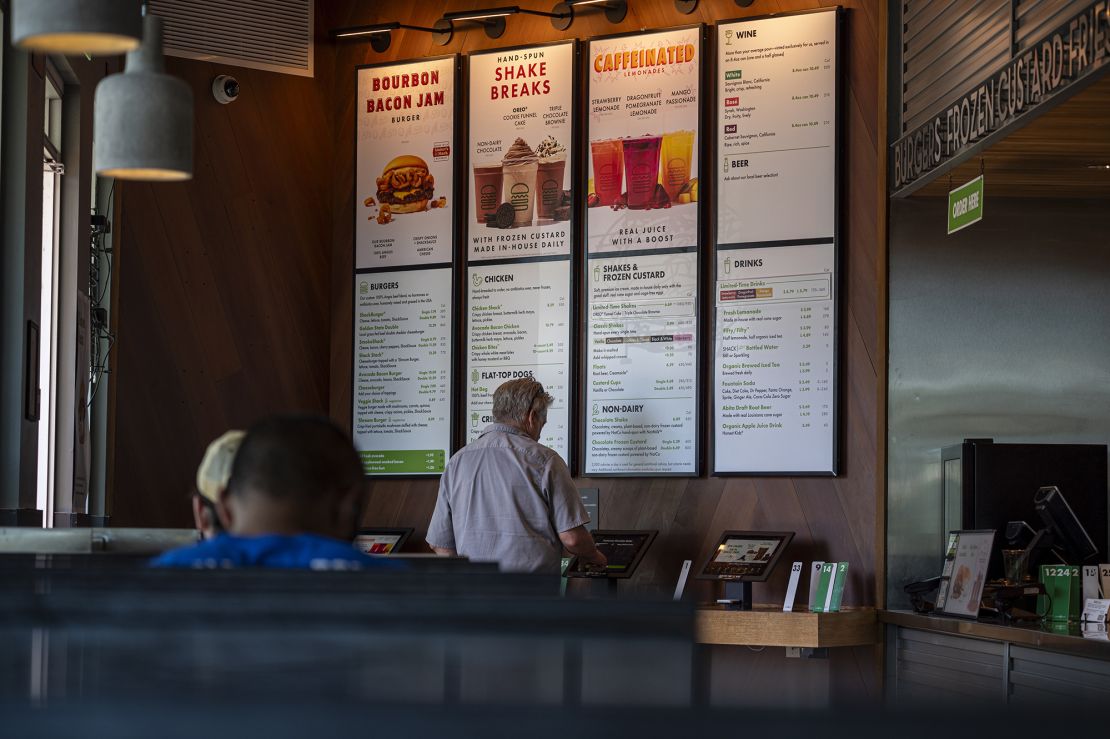
Elsewhere, Burger King’s CEO last year also said that the burger chain planned to roll out many more digital self-service screens in its restaurants in the US, noting that the company found that when customers had autonomy in ordering, it generally led to larger orders and gave kitchen staff more time to prep those orders.
Just last month, Chick-Fil-A debuted what it calls a “mobile pick-up restaurant” in New York City. The prototype concept has no seating and it only makes food for delivery or takeout.
To be sure, there is a customer preference for autonomous ordering, especially among the “born digital” demographic, or younger consumers, said Marbue Brown, founder of The Customer Obsession Advantage, an independent tech and customer experience consultancy to tech and retail companies.
“We’ve all been to restaurants where we’ve sat down and waited for quite a long time for someone to come over to ask for your order,” Brown said. “If you could place that order without having to wait for someone to take it, that’s a plus for you. So yes, self-service kiosks is about reducing costs, but it is also about providing a positive customer experience, and convenience. This has nothing to do with minimum wage.”
However, the minimum wage increase serves as an accelerant, Brown said. “It’s not that these changes were not going to happen already, it’s that tech adoption might happen a lot faster in certain geographies.”
Brown expects restaurants in California affected by the minimum wage law to explore all options to keep prices for customers in check.
“If automation is one of those things, and they can do it effectively, they will definitely use it,” he said. “I don’t think they will eliminate their workers en masse, but they will try to have a mix where it’s a hybrid environment of ordering with a kiosk and with a person. It’s about finding the right formula.”
“We will lose some people. There’s no way around it”
Harsh Ghai, a fast-food franchisee who owns 180 Burger King, Taco Bell and Popeyes locations, says automation is a fact of life for the industry.
But despite the labor woes affecting the industry, Ghai said the wage hike would only spur him to install more self-service kiosks. Prior to the minimum wage hike, Ghai said 25% of his locations already had self-service kiosks systems. “The initial plan was to install them in all of our locations over the next five to 10 years,” he said.
Since April 1, he has dramatically shortened that timeframe.
Ghai is scrambling to get a hold of as many self service kiosks as he can from vendors because he wants to install them in all of his restaurants in California over the next 30 to 60 days. “Everyone’s trying to get them,” he said.
He also wants to enable AI-powered drive thru ordering in all locations. “The goal is to be 100% AI order taking capability this time next year,” he said in an interview with CNN. And he’s now adding self-service kiosks directly on the front counter of restaurants with the aim to remove registers completely.
The changes are necessary, said Ghai, who employs 3,700 fast food workers in California. “The wage increase has significantly raised our labor costs,” Ghai said. “Our first payroll post [wage] hike will be on April 15 and it will be 25% higher than it was last month.”
While he’s not looking to lay off workers, using technology will help to shave hours and costs, he said.
“Undoubtedly we will lose some people. There’s no way around it. If we continue to maintain our current menu pricing and absorb higher labor costs, 100% of our restaurants won’t be profitable,” Ghai said. “We can’t raise menu prices because that will hurt traffic and we’ve already seen in the media the backlash from customers having to pay more for burgers because of food price inflation.”
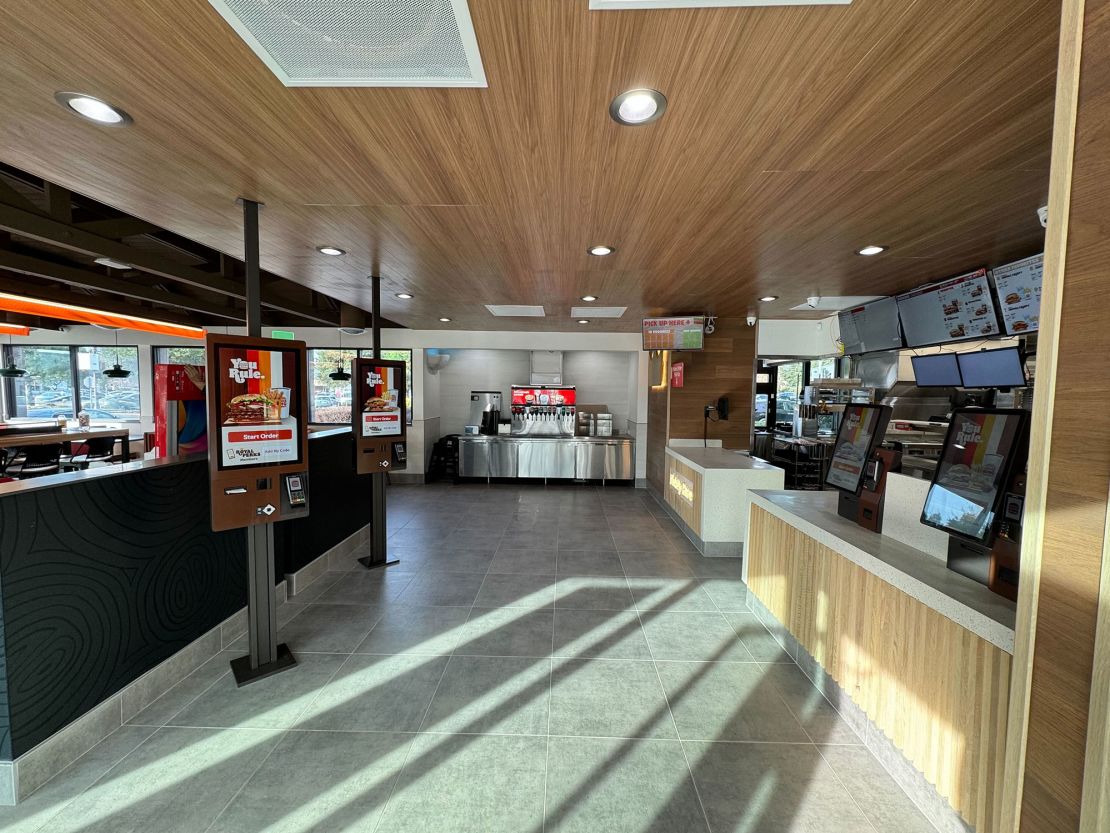
Jot Condie, president and CEO of the California Restaurant Association, a trade group representing the state’s restaurant industry, said he’s aware that some restaurant operators have announced that they will either not expand, or are closing locations because of the minimum wage hike.
“From here on, what will drive the accelerated rate of technology use is necessity and not just that customers want it,” Condie said.
Ghai closed eight restaurants last year and six more already this year. “And this is all before the wage increase even happened,” he said.
CNN’s Natasha Chen contributed to this report.
Keywords
Newer articles
<p data-qa="subheadline">Lawmakers sped the proposal, the most significant threat to the popular app’s U.S. operations, by tying it to a sprawling funding package offering...
Ukraine war: Kyiv uses longer-range US missiles for first time
How soon could US ban TikTok after Congress approved bill?
TikTok faces US ban as bill set to be signed by Biden
‘LOSING CREDIBILITY’: Judge explodes at Trump lawyers as case heats up
Claim rapper ‘made staff watch her have sex’
KANYE WEST PLANS TO LAUNCH 'YEEZY PORN' ... Could Be Coming Soon!!!
Megan Thee Stallion’s Ex-Makeup Guru Talks. It’s Not Pretty.
King’s Funeral Plans Dusted Off—as Health Remains a Mystery
The EU warned TikTok’s new rewards feature could be addictive. Now the app's suspended it
